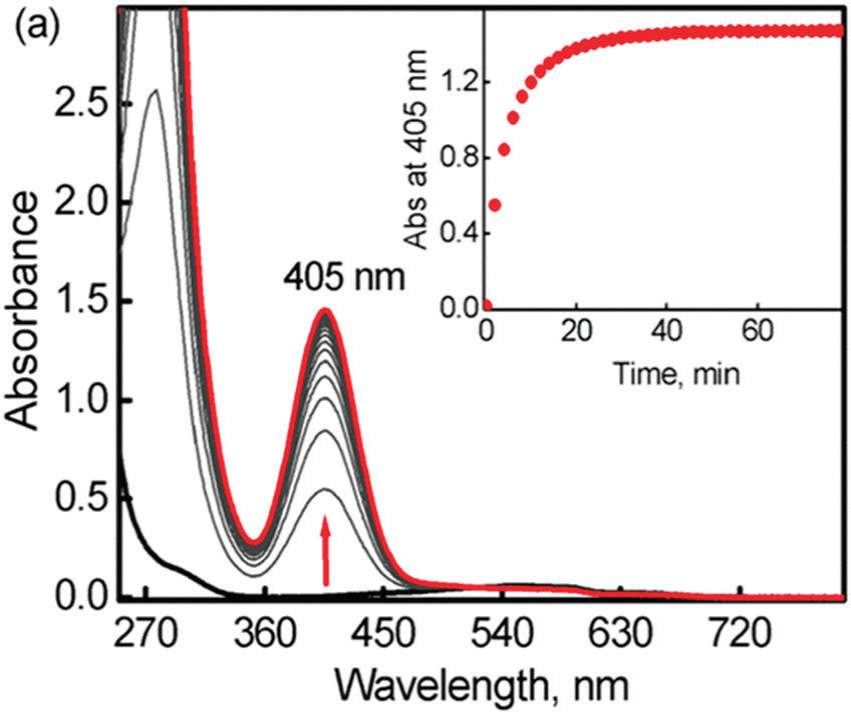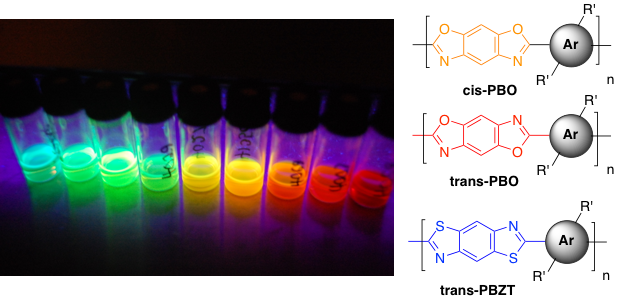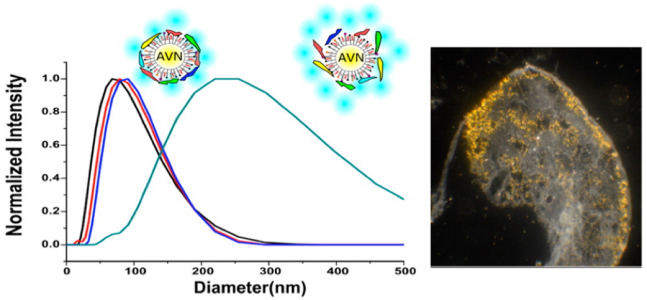Linda Doerrer: Synthesis of Manganese Alkoxide Compounds Relevant to O2 Production in the Water Oxidation Cluster
- Linda Doerrer
- One of the outstanding mysteries in bioinorganic chemistry is the mechanism by which the {Mn4Ca} water oxidizing complex (WOC) or oxygen evolving complex in photosystem II in plants functions. Photosystem II is part of the photosynthetic process that brings visible light, CO2, and water together to make carbohydrates and oxygen. It is known that a cluster of four manganese atoms and one calcium atom is critical for this functioning, as well as the participation of a tyrosine residue from the protein environment. The Doerrer Group is synthesizing first-row transition metal complexes with alkoxide anions, and they are interested in extending this chemistry to manganese to mimic WOC. The REU Student will learn how to synthesize transition-metal complexes in the absence of H2O and O2 and characterize them. Characterization techniques include NMR, UV-Vis, and IR spectroscopy, as well as solid state magnetism and single crystal X-ray diffraction. Successful efforts in the first stages of the project could lead to more advanced work in the project such as reactivity studies.
-

Mark Grinstaff: The Design and Synthesis of Smart Materials
- Mark Grinstaff
- The Grinstaff Group pursues highly interdisciplinary research in the areas of biological and macromolecular chemistry. The major goal in these research projects is to elucidate the underlying fundamental chemistry and engineering principles and to use that insight to direct our creative and scientific efforts.
- We are designing, synthesizing, and characterizing novel dendrimers, termed “biodendrimers,” for tissue engineering and biotechnological applications. Currently, we are evaluating these novel biomaterials for the repair of corneal lacerations, for the delivery of anti-cancer drugs, for the delivery of DNA, and as temporary biodegradable scaffolds for cartilage repair.
- We are creating novel polymeric coatings termed “interfacial biomaterials” that control biology on plastic, metal, and ceramic surfaces.
- We are designing electrochemical-based sensors/devices using conducting polymer nanostructures and specific DNA structural motifs.
- The REU will join one of these projects utilizing the techniques of organic synthesis to prepare smart materials for various applications.
-

Arturo Vegas: Molecular Frontiers in Drug Discovery
- Arturo Vegas
- The Vegas group pursues general and systematic approaches to developing targeted therapeutic carriers for the treatment of multiple human diseases. Small-molecule drugs excel at altering disease states at the cellular level, but their therapeutic benefits are often hindered by physiological barriers that impact their toxicity, efficacy, and distribution. The ability to overcome these barriers can make major differences in both the safety and effectiveness of a therapeutic. Projects in the lab are focused on developing novel chemical tools, materials and approaches for targeting therapeutics to diseased tissues, with an emphasis on cancer and diabetes. These new tools will facilitate studies in the lab to understand mechanisms that control the physiological distribution of therapeutics and informing future targeting element design. For cancer, the primary focus will be developing conjugate and nanoparticle based approaches that control the physiological distribution and uptake of therapeutic molecules to tumors and the use of biomaterials to manipulate the tumor microenvironment. For diabetes, our focus will be selective destruction or functional blocking of cells responsible for the underlying type 1 autoimmunity. REU students in the lab will implement synthetic methods to create, purify, and characterize novel targeting moieties and materials and link them to payloads with therapeutic value or potential. These constructs will then be evaluated at the protein and cellular levels, with lead constructs being advanced into animal studies. Techniques, methods, and approaches from organic synthesis, chemical biology, materials science, and biomedical engineering will be integrated to address these challenging problems in drug delivery.
-

Malika Jeffries-EL: Design and Synthesis of Novel Organic Heterocycles for use in Advanced Applications
- Malika Jeffries-EL
- Organic semiconductors are a unique class of materials that combine the processability of organic materials with the optical and electronic properties of semiconductors. These complex materials impact several areas of technological importance including energy (solar cells), displays, (light emitting diodes), electronics (field effect transistors), and health (sensors). These carbon-based small molecules, oligomers or polymers were initially envisioned as replacements for silicon and rare-earth metals based semiconductors widely used today. However, organic materials can be used to create devices with properties that are unachievable using inorganic materials, such as color tuning and fabrication on irregular surfaces. At it core, research in this field is based on the synthesis of substitiuted aromatic and heteroaromatic molecules. The REU student will develop new organic synthetic methodology for the preparation of aromatic compounds. The interdisciplinary nature of my work makes it an excellent venue for exposure to a broad range of potential fields of study.
-

Björn Reinhard: Development of Functional Nanoparticles for Biosensing and Imaging
- Björn Reinhard
- Research in the Reinhard Lab focuses on new optical materials and their application to interrogate fundamental life processes. We are exploring the interface between nanotechnology and biological systems. We are particularly interested in how artificial nanoscale system can be used to monitor and control cellular processes. We are using electromagnetic interactions between noble metal nanoparticles to elucidate how the spatial organization of cell surface receptors influences cancer-relevant signaling processes. Furthermore, we are building multifunctional nanoparticles that can selectively target specific cell types.
-





